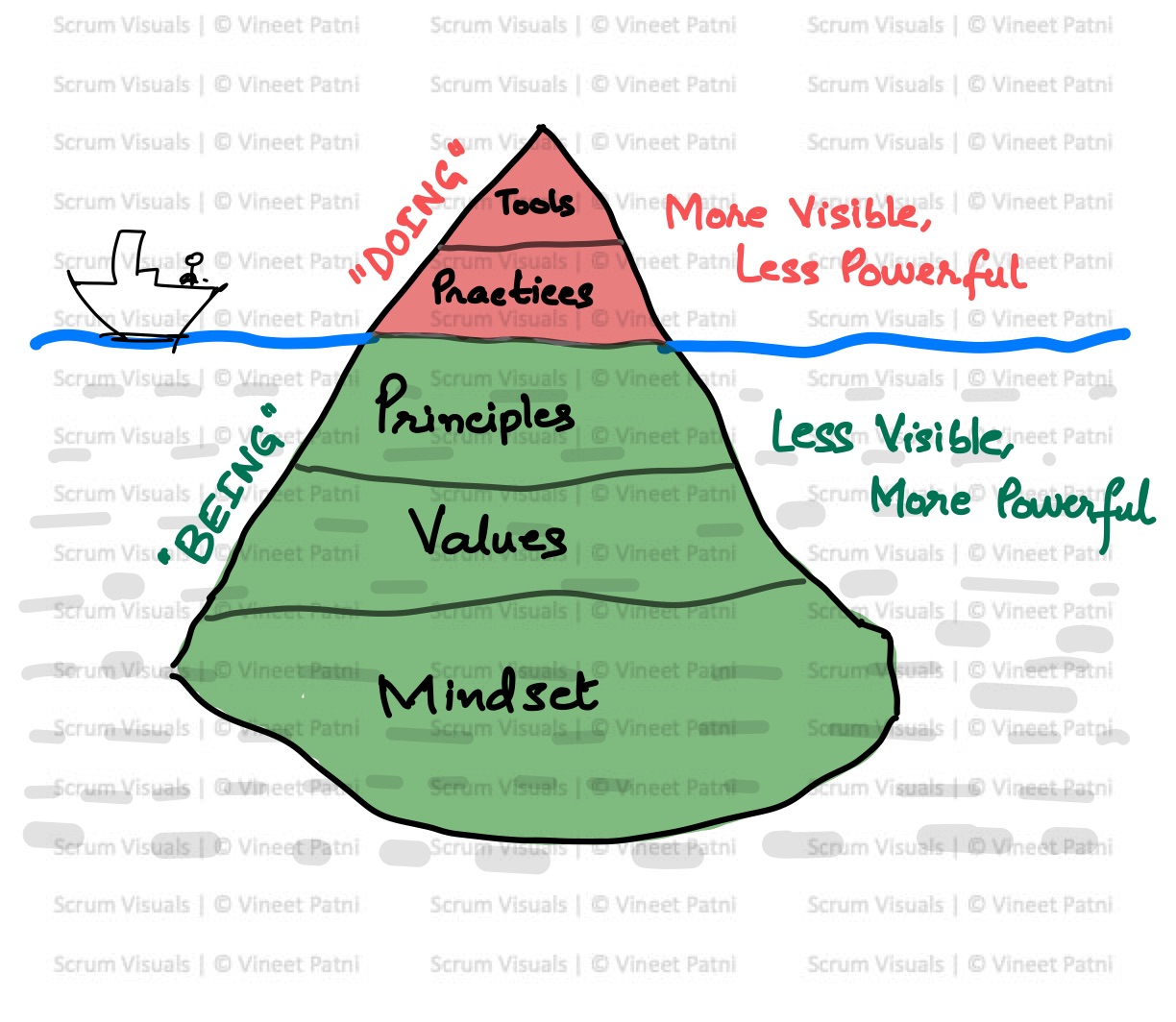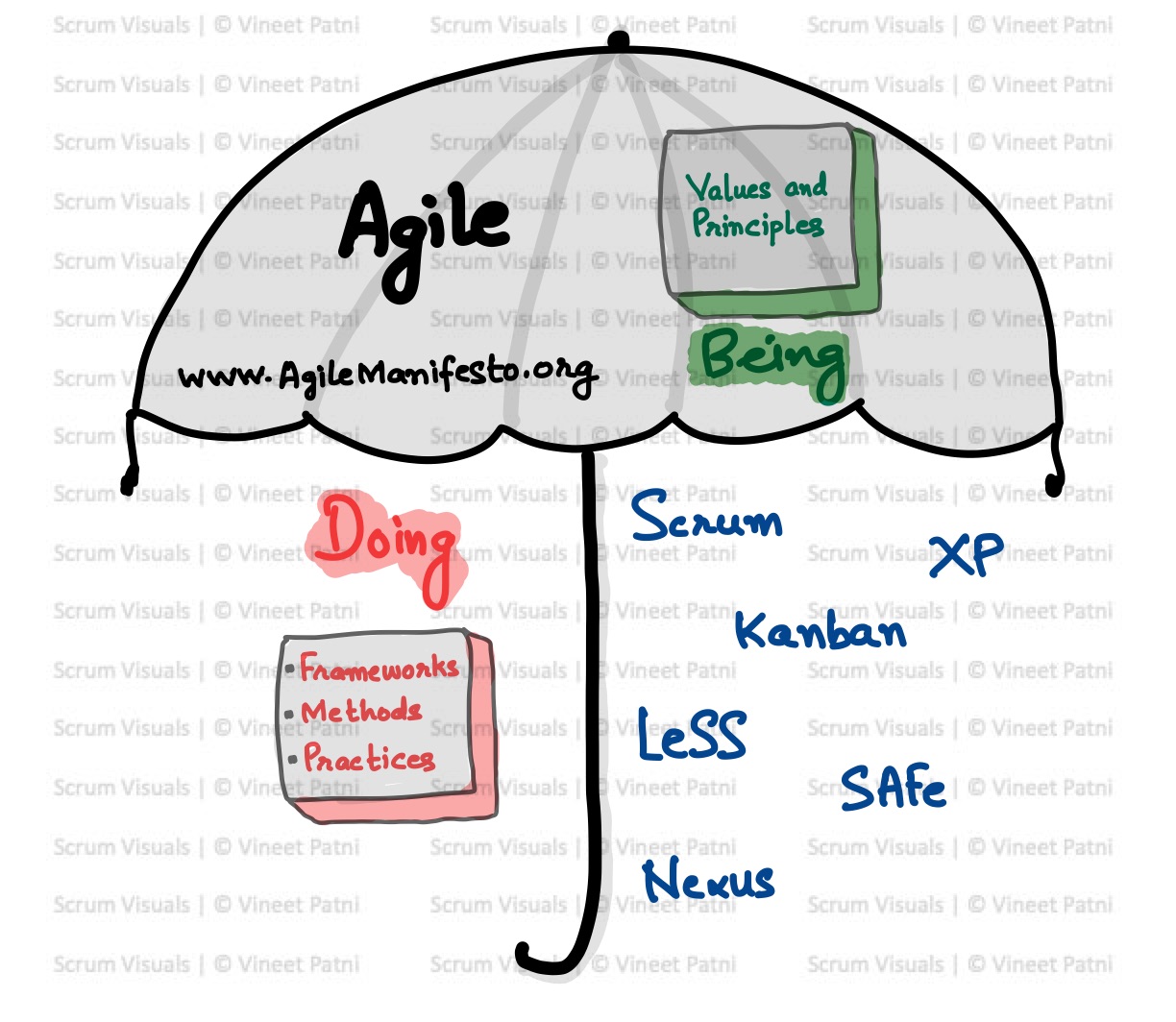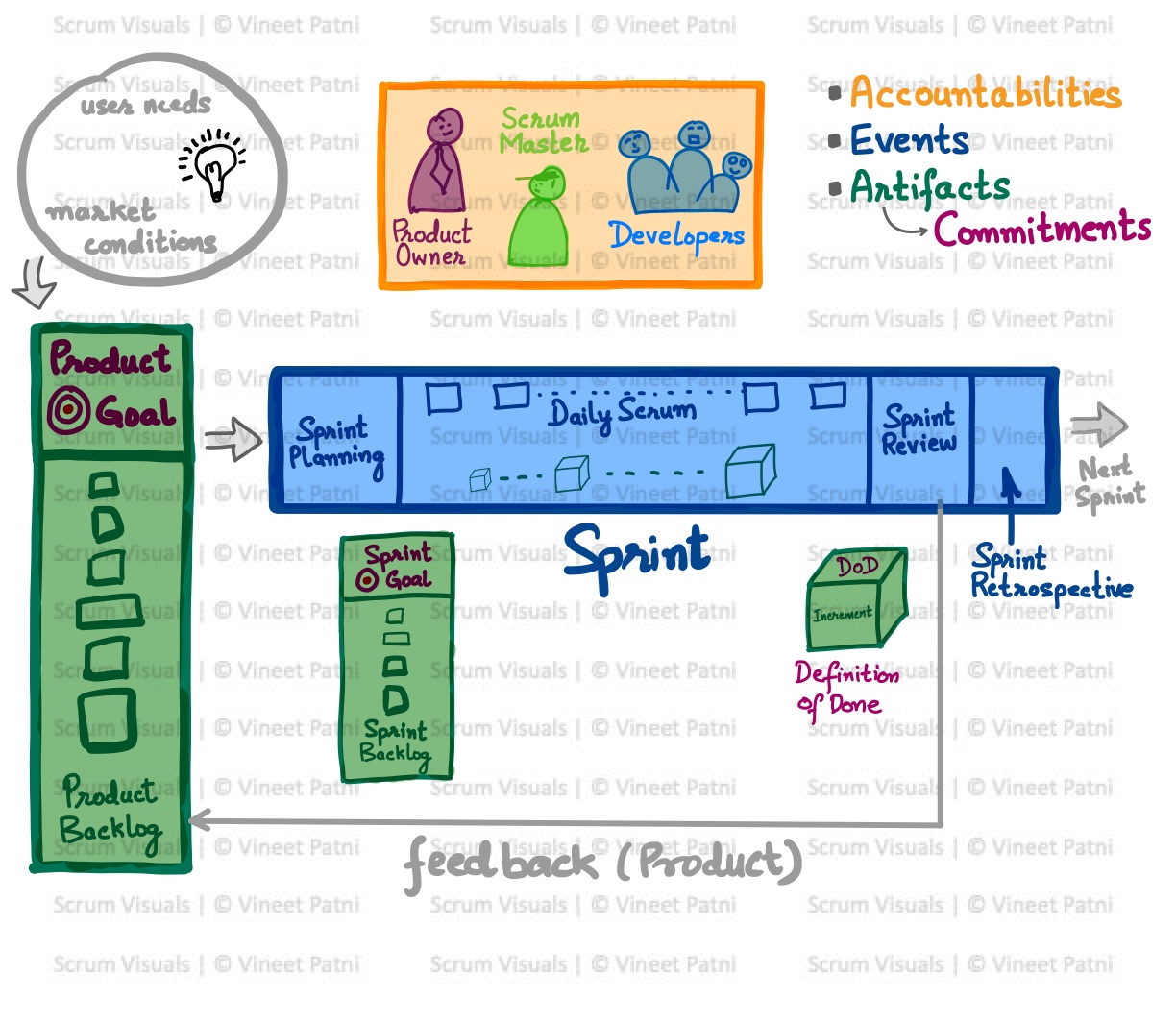5 Powerful AI Use Cases Transforming Product Lifecycle Management (PLM)
From ideation to retirement, AI is reshaping every stage of the product lifecycle.
Product Lifecycle Management (PLM) is no longer just about managing engineering drawings or tracking product releases. In today’s dynamic business environment, PLM must drive faster innovation, better collaboration, and smarter decisions across departments.
Enter Artificial Intelligence (AI) — a transformative force that is modernizing PLM by adding intelligence, automation, and foresight to every stage of a product’s journey.
Whether you’re building physical products or software, AI can help you design smarter, launch faster, and scale more efficiently.
What Is Product Lifecycle Management?
PLM refers to the end-to-end management of a product’s life — from initial concept and design, through development and launch, to post-market support and retirement.
The key phases of PLM are:
- Ideation and Concept Design
- Development and Engineering
- Manufacturing / Deployment
- Service and Maintenance
- End-of-Life / Retirement
Let’s explore how AI is driving impact across these stages.
Top 5 AI Use Cases in PLM
1. AI-Driven Market & Customer Insight During Ideation
Before a product is built, AI helps uncover what should be built. Natural Language Processing (NLP) can analyze:
- Customer reviews
- Competitor products
- Support tickets
- Social media chatter
to identify unmet needs and emerging trends.
Example: A consumer electronics company uses AI to scan Amazon reviews and Reddit discussions to spot missing features in competitor products.
2. Generative Design in Engineering
Using machine learning and physics-based simulations, AI can generate hundreds of design alternatives based on defined constraints (e.g., weight, materials, cost).
This allows engineers to explore creative solutions that humans alone may not consider.
Example: In aerospace or automotive industries, AI-generated designs help reduce material usage while maintaining structural strength.
3. Predictive Maintenance in Product Service
Once a product is in the hands of customers, AI can monitor performance using IoT sensors and usage data. It predicts failures before they happen, enabling proactive service.
This reduces downtime, increases customer satisfaction, and lowers maintenance costs.
Example: A connected washing machine sends early failure signals to the manufacturer, who then dispatches service proactively.
4. Smart BOM (Bill of Materials) & Supply Chain Optimization
AI can optimize complex BOMs by:
- Identifying cost-saving alternatives
- Forecasting material shortages
- Recommending vendor changes
Combined with supply chain AI, it ensures the right parts at the right time, avoiding delays and disruptions.
Example: During a global chip shortage, AI alerts a product team about rising lead times and suggests alternate components.
5. Automated Compliance & Regulatory Checks
AI helps ensure that products comply with regulations by scanning product documentation, design files, and supplier data for potential compliance risks.
It automates checks for standards like RoHS, REACH, ISO, or FDA requirements — reducing manual effort and risk.
Example: A medical device company uses AI to flag potential non-compliance in product labeling and documentation.
Summarizing Business Benefits of AI in PLM
- Faster time-to-market
- Improved product quality
- Cost optimization
- Increased innovation
- Reduced risks in design and compliance
By embedding AI into PLM tools like Siemens Teamcenter, PTC Windchill, or Dassault Systèmes, companies are creating connected, intelligent product ecosystems.
PLM + AI = Future-Ready Products
Product Lifecycle Management isn’t just a back-office function anymore. With AI, it becomes a strategic enabler of innovation and efficiency across R&D, operations, and customer success.
Forward-looking product leaders are no longer asking if they should adopt AI in PLM — they’re asking how fast they can do it.











